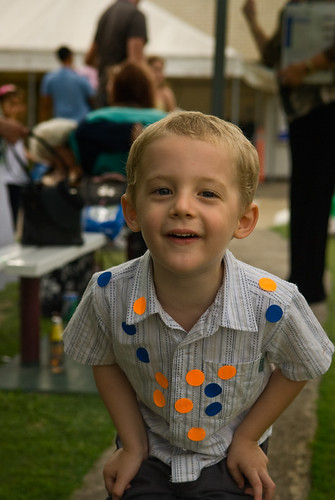
Did you know that more than 70% of the world's grape production is converted into wine? Grapes and wine date back more than 7000 years, as vessels dating back to the Neolithic age, containing remnants of wine, have been found in Iran. Wine has been used for ceremonial and celebratory occasions ever since, and a moderate intake of red wine, in particular, is known to have many health benefits.
These grapes are chardonnay grapes from a vineyard near Napier in New Zealand. Australia and New Zealand are in the forefront of the so-called New World winemaking, using modern technology to wring every drop of goodness from the grapes. When I took this picture, I had to be very careful with the strong afternoon sunlight, and spent a considerable amount of time finding an area that wasn't too harshly lit.
Photographers have had a love affair with wine and its various accompaniments since the very early days, and I confess to a love of wine almost as great as my love of photography.
EXIF: Nikon D70; Nikkor 18-70 mm DX; ISO 200; 1/50 sec; f5.6.
TFF





























